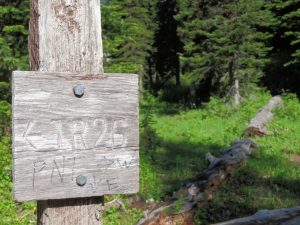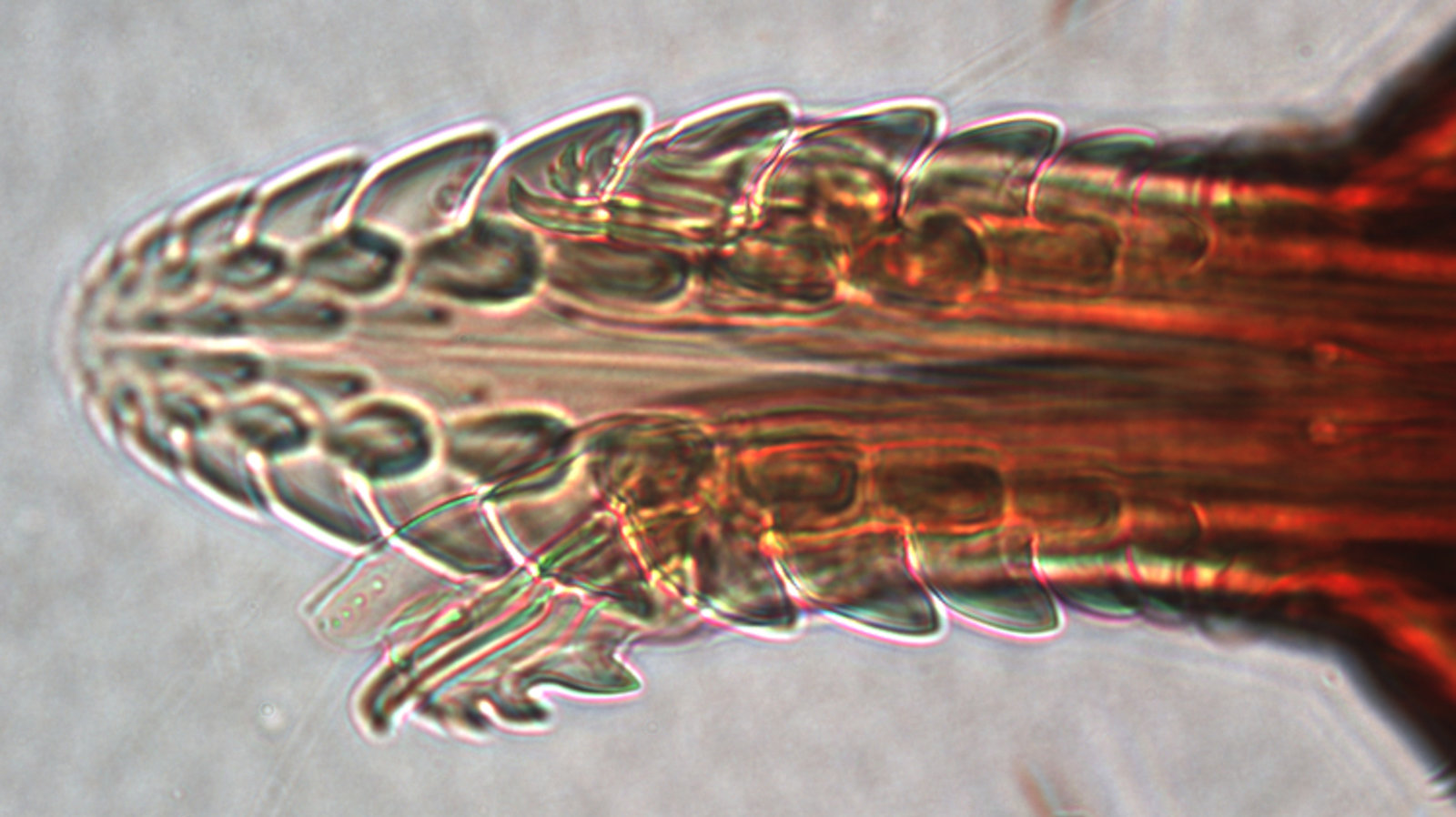This was a long time coming . . .
The U.S. Forest Service has released a comprehensive plan for the Pacific Northwest National Scenic Trail, marking a milestone for a route established in 2009 but used by hikers for decades prior. The Forest Service, through the U.S. Department of Agriculture, released the document mid-December, outlining a vision for the trail and providing management, protection and use guidance.
“It’s been quite an effort to get to this point,” said Jeff Kish, executive director of the Pacific Northwest Trail Association.
The trail has existed in some capacity and seen use by hikers since the 1970s, Kish said. It was officially designated by Congress as part of the National Trails System in 2009, providing opportunities for hiking and backpacking across the Northwest United States, including through Lincoln County. The comprehensive plan is the latest step in a years-long process and fulfills requirements mandated by federal legislation.


